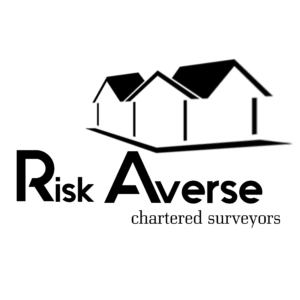A National New Home Customer Satisfaction Survey undertaken by the Home Builders Federation (HBF) and the National House Building Council (NHBC) in 2015, found that 93% of buyers reported problems to their builders, and of these, 35% reported 11 or more problems.
The below list highlights the most common defects in housing:
- Carbon monoxide emissions.
- Cold bridge.
- Contaminated land.
- Cracking and building movement. (see also: Ground heave / Settlement / Subsidence).
- Damp (see also: Penetrating damp / Rising damp)
- Condensation (see also Interstitial condensation)
- Defects in brickwork (see also: Efflorescence / Spalling).
- Defects in dot and dab.
- Defects in stonework.
- Dry rot.
- Flooring defects.
- Hazardous substances (See also: Asbestos).
- Indoor air quality.
- Mould growth.
- Roofing defects (See also: Flat roof defects).
- Sick building syndrome.
- Wall tie failure.
- Wet rot.
- Woodworm.
Other common problems may include:
- Defective chimneys.
- Defective rainwater fittings, plumbing or drainage.
- Defective windows.
- Defective wiring.
- Defective plumbing.
- Draughts.
- Inadequate ventilation of the sub-floor or roof space.
- Excessive energy consumption.
- Poorly installed insulation.
- Poorly installed or absent damp proof course.
- Decayed or damaged windows and doors.
- Sound transmission.
- Encroachment by trees.
- Chimneys that have been blocked up, but not filled.
- Infestations.
Without a homebuyers report or building survey these defects could be missed and could cost you ££££’s to rectify.
We will be providing basic descriptions and information on some of the defects identified below in our articles and social media posts in the upcoming future.
If you would like more information on the subject or would like to discuss your own project please do not hesitate to contact us for all Building Surveying services. We are based in Rochdale but cover the North West and the rest of the UK.
